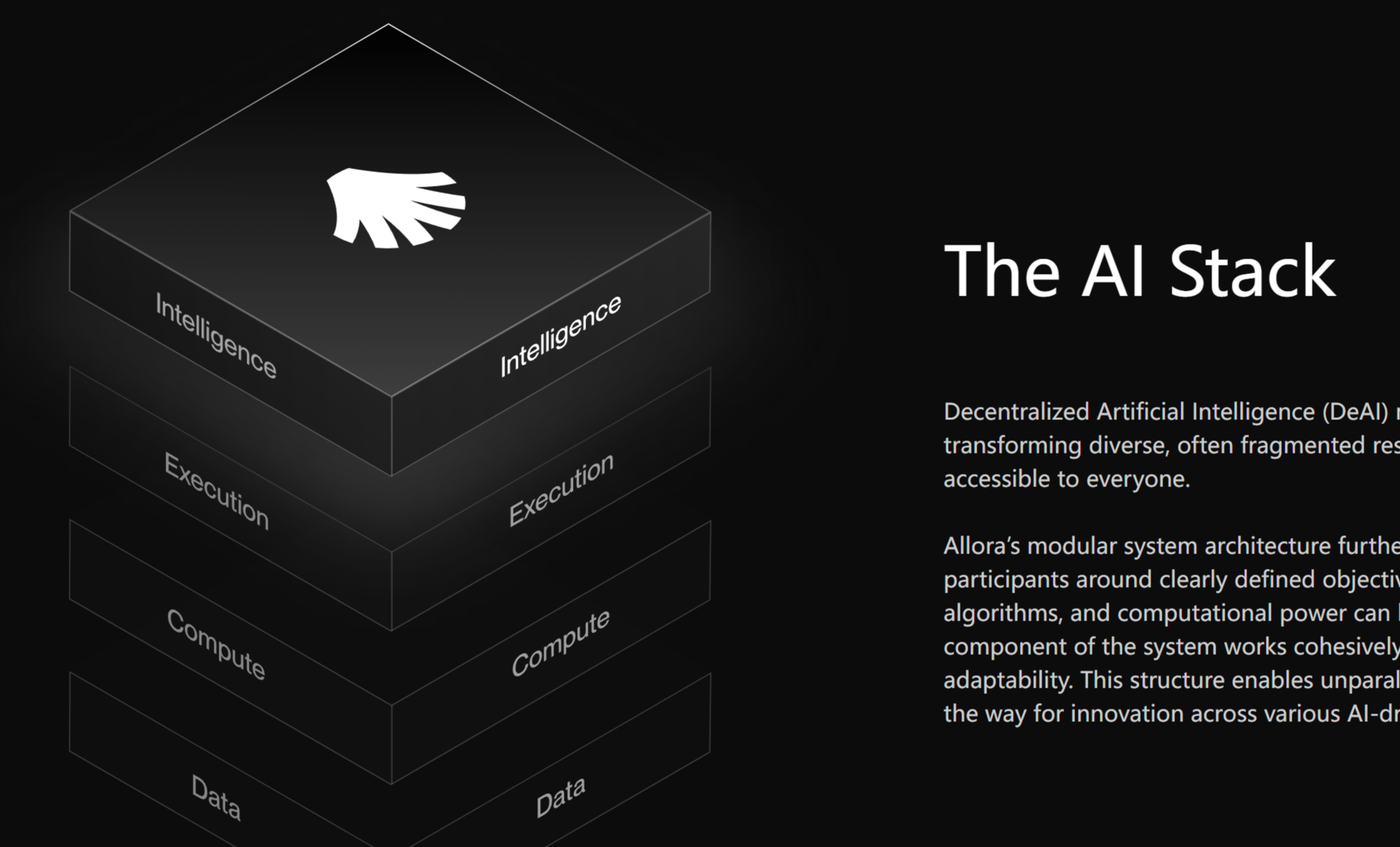At nine in the morning, you walk into the office holding a coffee—this time, not after squeezing through the subway. Sliding on VR glasses, the virtual space gradually comes into focus: sunlight streams through the floor-to-ceiling windows onto the wooden floor, and your colleagues' digital avatars are gathered in the "break room" discussing projects. This scene is becoming the norm for virtual offices in the metaverse.
Why do traditional video meetings always make people sleepy?
Do you remember last Wednesday's cross-department meeting? A dozen small squares crowded the screen, with some people’s connections lagging on the PPT while others secretly replied to emails. This inhumane way of interacting is finally being overturned by the metaverse. The latest virtual office solutions have moved the conference table into a three-dimensional space—when you can see your colleagues' body language and even "pass by" the finance department to hear them discussing quarterly reports, remote collaboration gains a sense of reality.
A project manager from an advertising company, Xiao Lin, told me: "In the past, during video meetings, newcomers were afraid to speak up. Now, with virtual avatars, newcomers naturally walk up to the whiteboard to write their ideas, just like in a real office."
These scenes are becoming a reality
In the Zhangjiang Science Park in Shanghai, teams are already testing "mixed reality morning meetings." Employees wearing lightweight AR glasses can see virtual boards floating on the walls of the physical meeting room. Meanwhile, in an e-commerce company in Hangzhou, designers are using haptic gloves to "mold" 3D models in the metaverse, with tactile feedback making the creative process more intuitive.
What surprised me the most was how a multinational company is using it—they are solving time zone issues with a virtual office. The European team places their work progress on a virtual desk before finishing work, and the Asian team picks up these virtual files to continue processing them after starting their day. This asynchronous collaboration surprisingly aligns better with work intuition than sending files via Slack.
The technical challenges are simpler than you think
Don’t be intimidated by the term "metaverse"; the current solutions are surprisingly down-to-earth. Most solutions support access via a regular laptop, allowing entry into the virtual office through a browser. As for the picture quality, it may not match that of blockbuster games, but the smoothness is sufficient to support eight hours of work—after all, no one wants to hold a budget meeting in 4K quality.
Privacy issues have also been considered. You can set up a "digital glass door" so that passing colleagues can only see a blurred work status; when you need a private chat, just pull your colleague's virtual avatar to the "rooftop coffee corner." These design details are key to making virtual offices a reality.
Next time someone says the metaverse is just hype, why not let them experience virtual whiteboard collaboration—when you see a fifty-something finance director skillfully highlighting key points on a report with a virtual highlighter, you'll understand that the transformation of work methods has quietly begun. (Source: https://www.fangyidian.com/14046.html)
免责声明:本文章仅代表作者个人观点,不代表本平台的立场和观点。本文章仅供信息分享,不构成对任何人的任何投资建议。用户与作者之间的任何争议,与本平台无关。如网页中刊载的文章或图片涉及侵权,请提供相关的权利证明和身份证明发送邮件到support@aicoin.com,本平台相关工作人员将会进行核查。




